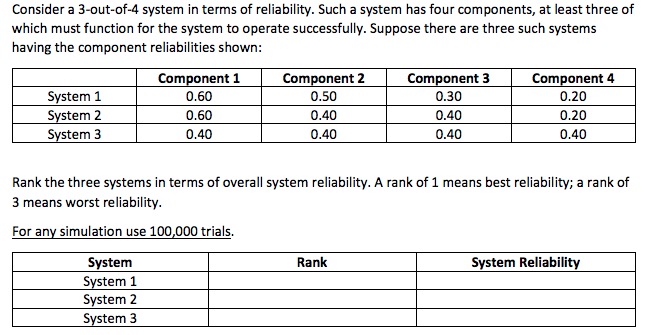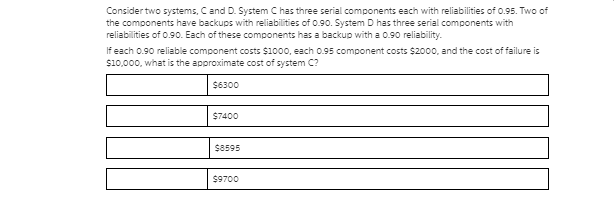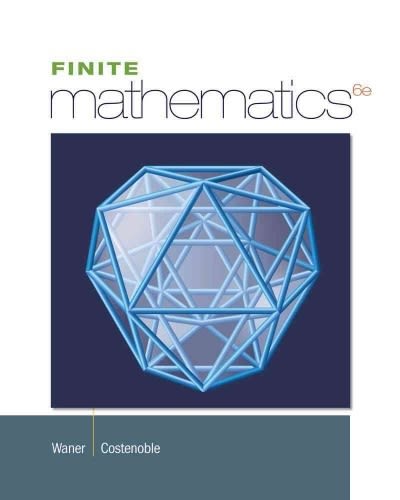Question
A water turbine is to be designed to produce 27 MW when running at 93.7 rev/min under a head of 16.5 m. A model turbine
A water turbine is to be designed to produce 27 MW when running at 93.7 rev/min under a head
of 16.5 m. A model turbine with an output of 37.5 kW is to be tested under dynamically similar
conditions with a head of 4.9 m. Calculate the model speed and scale ratio. Assuming a model
efficiency of 88%, estimate the volume flow rate through the model. It is estimated that the force
on the thrust bearing of the full-size machine will be 7.0 GN. For what thrust must the model
bearing be designed?
5. Derive the non-dimensional groups that are normally used in the testing of gas turbines and
compressors. A compressor has been designed for normal atmospheric conditions (101.3 kPa
and 15C). To economise on the power required it is being tested with a throttle in the entry
duct to reduce the entry pressure. The characteristic curve for its normal design speed of 4000
rev/min is being obtained on a day when the ambient temperature is 20C. At what speed should
the compressor be run? At the point on the characteristic curve at which the mass flow would
normally be 58 kg/s the entry pressure is 55 kPa. Calculate the actual rate of mass flow during
the test.
6. Describe, with the aid of sketches, the relationship between geometry and specific speed for
pumps.
a. A model centrifugal pump with an impeller diameter of 20 cm is designed to rotate at 1450
rpm and to deliver 20 dm3
/s of fresh water against a pressure of 150 kPa. Determine the specific speed and diameter of the pump. How much power is needed to drive the pump if its
efficiency is 82%?
b. A prototype pump with an impeller diameter of 0.8 m is to be tested at 725 rpm under dynamically similar conditions as the model. Determine the head of water the pump must overcome, the volume flow rate, and the power needed to drive.
Data is collected on the time between arrivals of consecutive taxis at
a downtown hotel. We collect a data set of size 45 with sample mean x = 5.0 and sample
standard deviation s = 4.0.
(a) Assume the data follows a normal random variable.
(i) Find an 80% confidence interval for the mean of X.
(ii) Find an 80% ?
2
-confidence interval for the variance?
(b) Now make no assumptions about the distribution of of the data. By bootstrapping,
we generate 500 values for the differences ?
? = x
? ? x. The smallest and largest 150 are
written in non-decreasing order on the next page.
Use this data to find an 80% bootstrap confidence interval for .
(c) We suspect that the time between taxis is modeled by an exponential distribution, not
a normal distribution. In this case, are the approaches in the earlier parts justified?
(d) When might method (b) be preferable to method




Step by Step Solution
There are 3 Steps involved in it
Step: 1

Get Instant Access to Expert-Tailored Solutions
See step-by-step solutions with expert insights and AI powered tools for academic success
Step: 2

Step: 3

Ace Your Homework with AI
Get the answers you need in no time with our AI-driven, step-by-step assistance
Get Started


